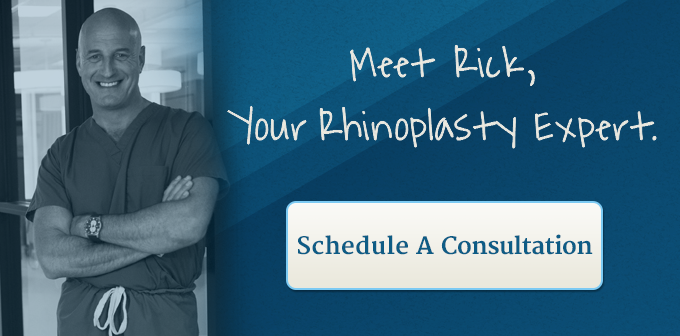I have studied human noses for 15 years as a plastic surgeon in northern NJ and have become facile with varying degrees of aesthetic nasal deformities. Over time, I’ve given a lot of thought to what makes the nose the focal point of the human face.
The most obvious reason is that the nose is situated centrally on the face and therefore immediately draws someones attention. Despite it’s central location, the nose should not be so distracting when it suffers from relatively minor imperfections, but it does. It seems that the level of distraction can decrease with desensitization to either the onlooker or the owner over time. However noticeability is restored with every ‘new’ onlooker or the dreaded photograph, especially the oblique or profile view.
Looking Past People’s Noses
Lately I have gained some insight into this phenomenon by making a concerted effort to look past people’s noses. This is difficult for me due to my love of rhinoplasty and my mantra of always striving to perform rhinoplasties that are “unnoticeable.” As I strain to ignore people’s noses and look at other facial features, I believe that I’ve come to understand why unattractive noses figure so prominently in one’s appearance.
Seeing What Has Been There All Along
We are only able to focus on a solitary attribute at one instant given our binocular vision, appreciation of depth in multiple dimensions and our propensity to engage people’s eyes as we relate to them. Even in a gaze, it is impossible to look into both of someone’s eyes at once. As such, we involuntarily (and sometimes voluntarily) switch from looking at one eye to the other and occasionally steal a furtive glance at the ancillary attributes.
When the nose is distracting for any number of reasons (prominent bump, big or undefined tip, poorly done rhinoplasty, etc.), the focus is more easily drawn to it. On the other hand, when the nose is nice, it becomes less worthy of casual attention and thus it is easier to look from eye to eye and occasionally elsewhere without being distracted.
Final Thoughts
During my postoperative visits I’ve been able to identify ‘that thing’ that makes people look ‘different’ after rhinoplasty, which isn’t really ‘different’ at all. Most commonly onlookers are simply ‘seeing’ eyes, eyebrows, lips and cheekbones that have been there all along.


